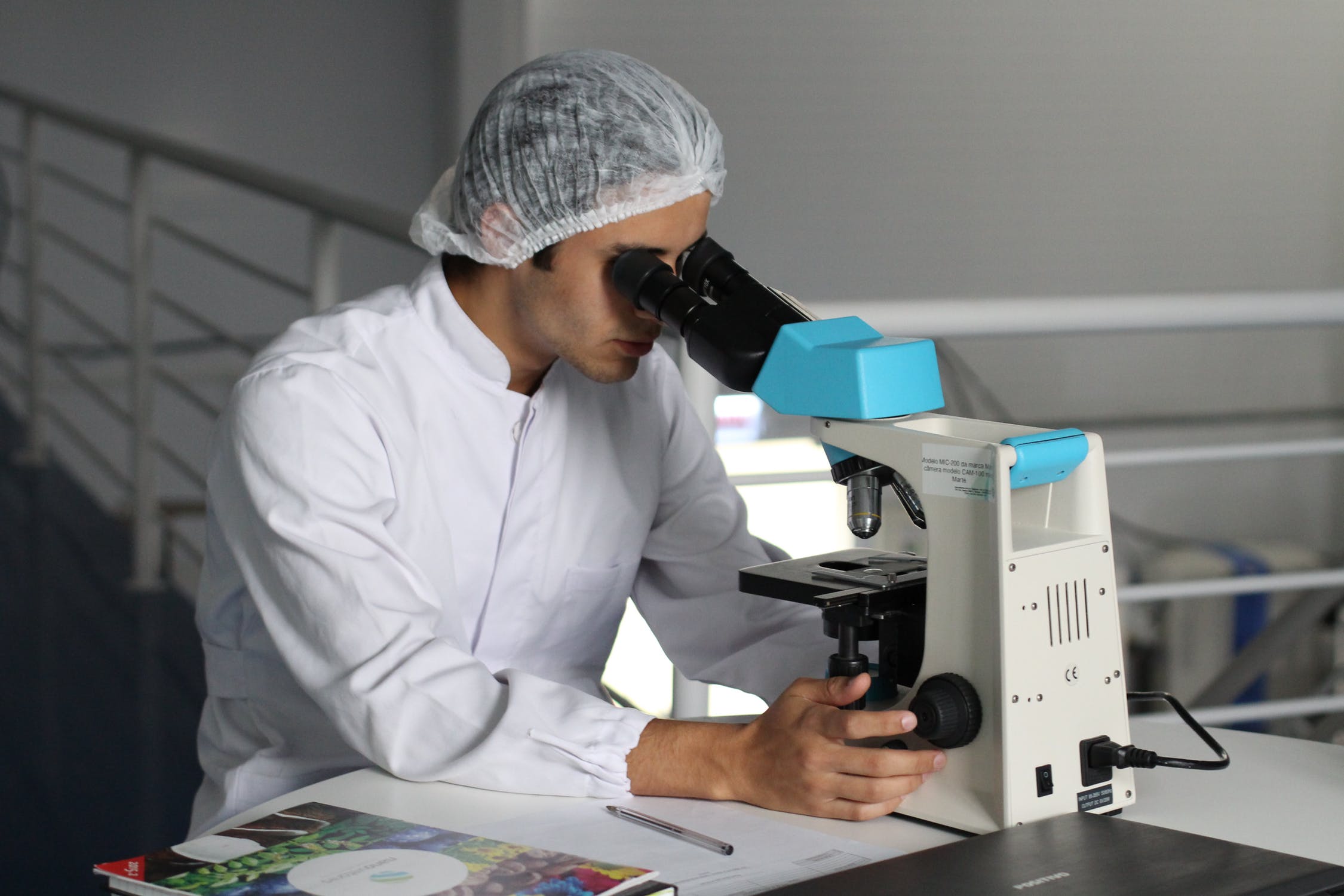Working in a chemistry laboratory would necessitate a lot of care and attention. With some hazardous chemicals, delicate instruments and even open flames, it is of vital importance to exercise a tremendous amount of caution for avoiding accidents. One of the most important risks in the laboratory would be the hazards presented by some of the properties of dangerous chemicals.
Remember that if hazardous chemicals are not safely handled, they could prove to be quite harmful and accidents are waiting to happen in a laboratory. These complications would be including eye injuries, suffocation, lung disease, and asphyxiation etc.
Burns from Chemicals
Several chemicals that are used in a laboratory are supposed to be corrosive and they pose a whole lot of health risks. If your skin is exposed to a corrosive chemical, it would be dissolving even your flesh and lead to serious body tissue damage. For instance, Dimethyl Sulfoxide could dissolve your flesh. However corrosive chemicals could be washed off easily even though there is a possibility of leaving behind highly irritating chemical burns.
How to Prevent Chemical Burns
Burns from certain lab chemicals could easily be prevented by taking a few proactive steps. The storage cabinets that are known for storing corrosive chemicals must comply with the standard lab safety requirements for the compliant and safe storage of corrosive substances in the laboratory. People working in the lab must exercise adequate caution and must be totally aware of the hazards related to the dangerous chemicals that are stored in the lab.
There must necessarily be appropriate lab safety signage that is displayed right at the lab entrance and even on storage cabinets containing hazardous chemicals. The lab staff must maintain a comprehensive safety data sheets so that the people working in the lab could use technical information regarding the harmful substances present in the lab. Suppose there is a chemical spill, you must consider using corrosive resistant PPE like eyewear and gloves while the spill is being cleaned up.
Injuries to the Eye
While working in a lab, you must exercise enough caution and be completely aware of harmful chemicals especially, those that pose serious threats to your eyes. Remember that if you do not wear appropriate personal eye safety equipment, your eyes could get injured due to chemical splashes. The extent of injury would depend largely on the properties of the hazardous chemicals and also, the degree of exposure. Irritation and redness of the eyes could be a relatively minor effect while serious issues would include permanent blindness.
For ensuring complete eye protection, use personal eye protection equipment while dealing with hazardous chemicals. There should be emergency eyewash arrangements and facilities predicting potential eye exposure to chemical splashes.
Inhaling Dangerous Gases
Many hazardous chemicals would be emitting dangerous vapors or fumes of gases that could pose serious human health issues. There could be certain chronic, as well as, acute effects of exposure to hazardous gases. Corrosive vapors and flammable vapors could compromise your health and safety. When these vapors are actually inhaled in a laboratory they would be inducing shortness of breath, coughing, and wheezing. Prolonged exposure to corrosive and inflammable vapors could culminate in lung cancer eventually.
Conclusion
You must do a lot of research about hazards present in the lab. Once you learn about the dangers that you may encounter, it is your responsibility to minimize risks when working in a lab environment.



















